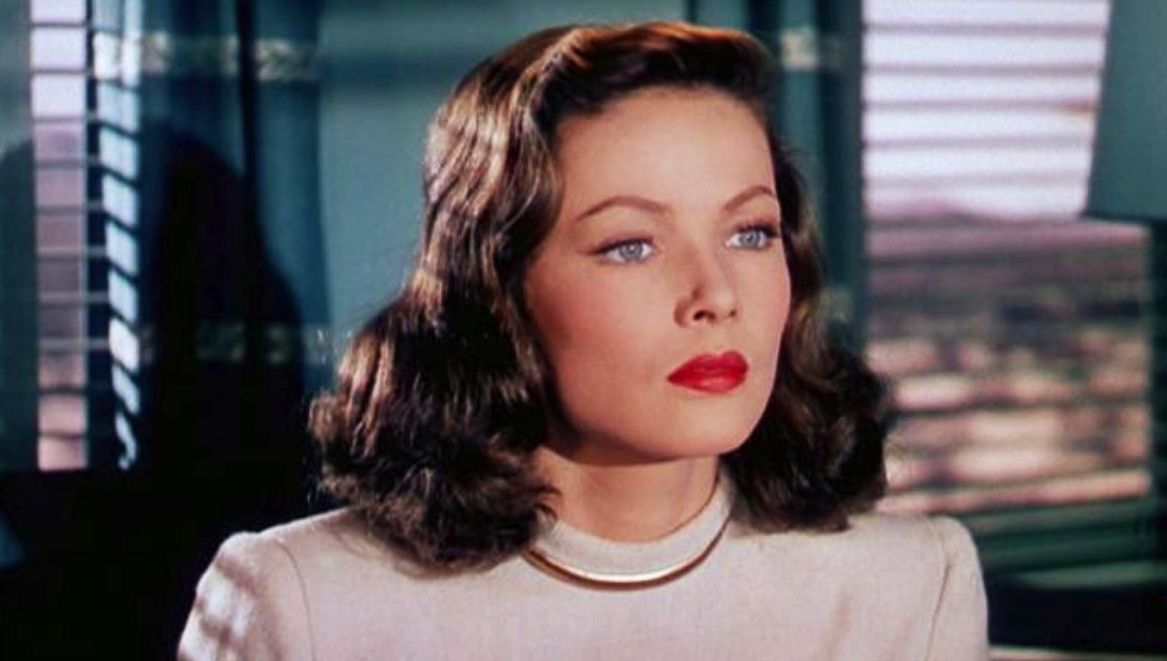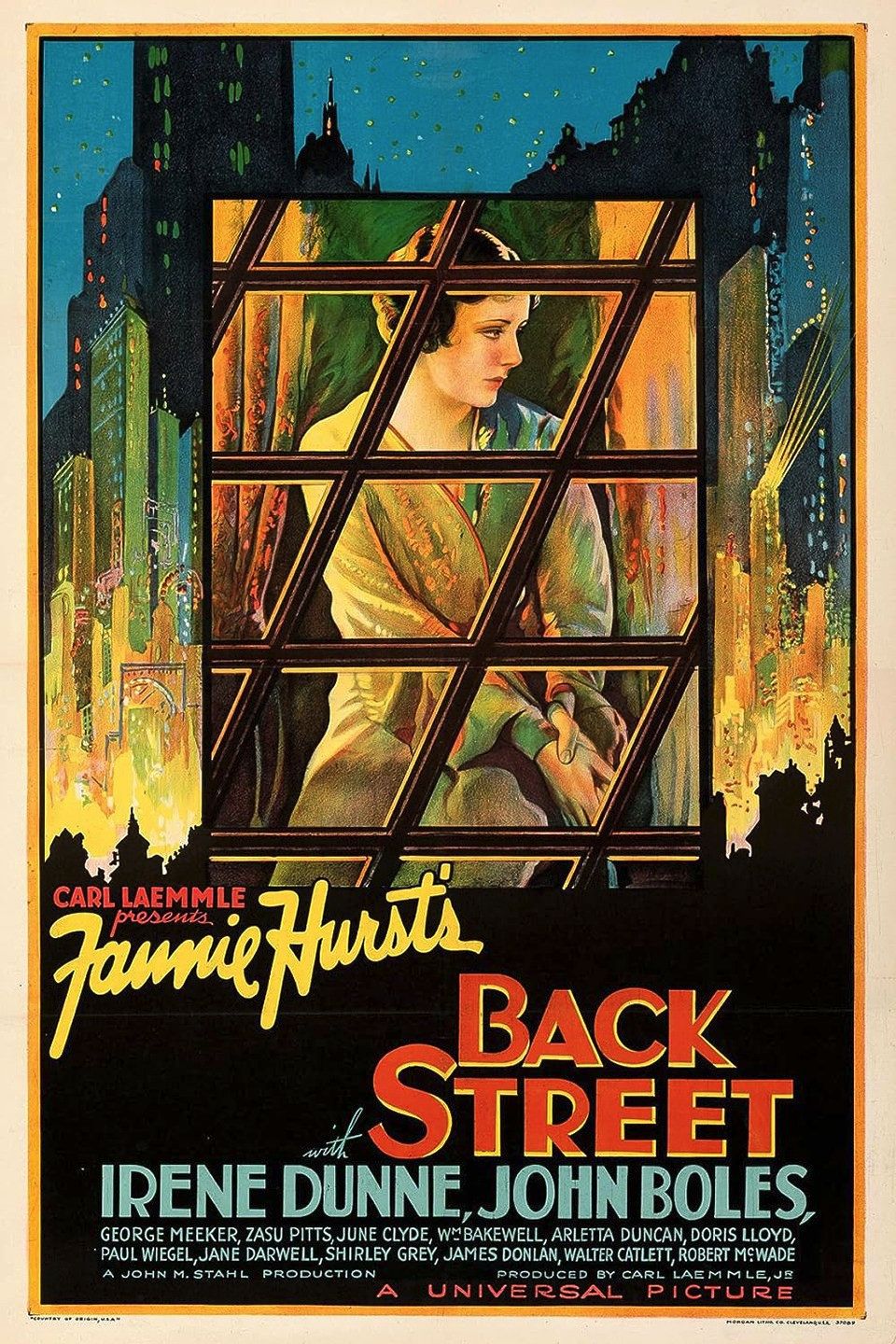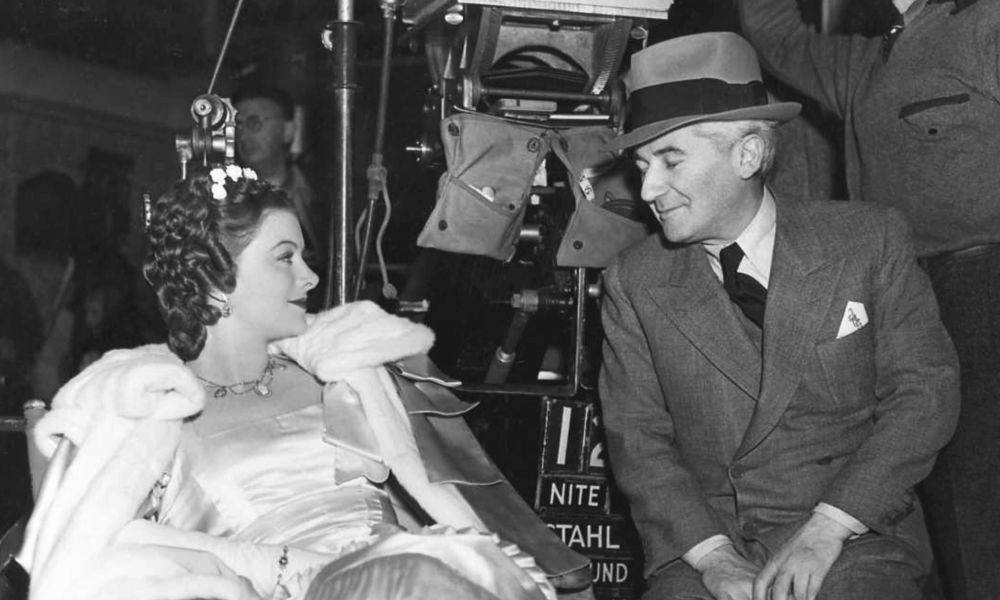"It seems that Stahl’s films represent something of a missing link between Borzage’s romanticism and Sirk. Certainly, an examination of his work expands an understanding of the variety of Hollywood’s strategies in personalizing overtly ideological questions of sex, status, and money. In fact, if film scholars are serious about studying the melodrama in any depth, then the films of John Stahl remain a top and current priority." - Ed Lowry (The St. James Film Directors Encyclopedia, 1998)
John M. Stahl
Director / Producer
(1886-1950) Born January 21, Baki City District, Azerbaijan
(1886-1950) Born January 21, Baki City District, Azerbaijan
Key Production Country: USA
Key Genres: Drama, Romance, Melodrama, Comedy, Crime Drama, Biopic
Key Collaborators: Carl Laemmle Jr. (Producer), James B. Clark (Editor), Karl Freund (Cinematographer), Milton Carruth (Editor), Charles D. Hall (Production Designer), Irene Dunne (Leading Actress), John Boles (Leading Actor), Gladys Lehman (Screenwriter), Arthur C. Miller (Cinematographer), George Meeker (Leading Character Actor), Alfred Newman (Composer), Maurice Ransford (Production Designer)
Key Genres: Drama, Romance, Melodrama, Comedy, Crime Drama, Biopic
Key Collaborators: Carl Laemmle Jr. (Producer), James B. Clark (Editor), Karl Freund (Cinematographer), Milton Carruth (Editor), Charles D. Hall (Production Designer), Irene Dunne (Leading Actress), John Boles (Leading Actor), Gladys Lehman (Screenwriter), Arthur C. Miller (Cinematographer), George Meeker (Leading Character Actor), Alfred Newman (Composer), Maurice Ransford (Production Designer)
"John Stahl stands in the shadows of Douglas Sirk, who haunts the official history of celluloid melodrama. While some critics argue that he deserves better, cynics have suggested that the title of Stahl's 1934 film Imitation of Life perfectly sums up his bloodless mise en scène. A director from 1914, his filmography divides almost perfectly between silent and sound films, with 23 made before pictures began to talk, and 22 made after. However, it's for the latter half that he is best known, particularly for his string of sentimental dramas from the 1930s that helped to define the weepie." - Lloyd Hughes (The Rough Guide to Film, 2007)
"These days, Stahl is probably best known for the dazzling daylit noir Leave Her to Heaven and for the fact that three of his films, Imitation of Life, Magnificent Obsession, and When Tomorrow Comes, were remade by that other great melodramatist, Douglas Sirk. But Stahl was no mere precursor. Where Sirk was hyperbolic and acerbic, Stahl’s style was assured yet unassuming. Favoring medium shots over dramatic close-ups, his films observed improbable events and irrational emotions from a respectful distance. This was a director who had the courage to take melodramas—and the people who watched them—seriously." - Juliet Clark (BAMPFA)

Leave Her to Heaven (1945)
"Sensitive period dramas were lensed well by Stahl. A touching emphasis on love relationships imbues his work set in the past and present." - William R. Meyer (The Film Buff's Catalog, 1978)
"Best known for his 1930s women’s pictures made at Universal (Imitation of Life, Magnificent Obsession) and his Technicolor noir Leave Her to Heaven (1945), Stahl was a major filmmaker in the silent era, but until recently it was assumed that his pre-sound films were nearly all lost or unavailable. In fact, many were sitting quietly in archives like the Library of Congress… These early works reveal that the director’s unsentimental humanism and radical empathy for women were there from the start, and they show him swiftly developing his control of tone and plot mechanics, while exhibiting enough trademark motifs and elements of style—disrupted weddings, deep focus compositions—to satisfy the most exacting auteurist." - Imogen Sara Smith (The Criterion Collection, 2018)
"A former stage actor, he entered films in 1913 as a bit player and turned director the following year. There is no reliable record of his early work (1914-17), and many of his silent films are not available for evaluation. But his list of sound films show a remarkable consistency of style, marked by a vivid visual sense and a capacity for treating mundane melodramatic material with intelligence and sensitivity." - The Film Encyclopedia, 2012
"If Stahl’s name endures in the history books, he will be known as a provider of raw (or, rather, parboiled) material for Douglas Sirk. The latter master of melodrama, whose career was already in full swing but modest flight in the nineteen-fifties, became a sort of directorial star with his 1954 film Magnificent Obsession, which was a remake of Stahl’s 1935 film of the same name. Sirk’s final Hollywood feature, Imitation of Life, from 1959, was also a remake of a film by Stahl, this one from 1934." - Richard Brody (The New Yorker, 2014)
"John M. Stahl was a neglected pre-Sirkian figure whose career suddenly became illuminated after his death through an accident in film scholarship. A French film historian classified Stahl as a director with only one masterpiece, Back Street (1932). A quick recheck of Stahl's career for possible auteur analysis revealed a startling quality of consistency from 1932 on. For the most part, Stahl, like Sternberg and Sirk, was involved with outrageously improbable material. Hence, the disapprobation of the plot-obsessed American critics." - Andrew Sarris (The American Cinema, 1968)
Selected Filmography
{{row.titlelong}}
John M. Stahl / Fan Club
Martin Scorsese, Pedro Almodóvar, José Luis Guarner, Sara García, Richard Brody, Jesús Cortés, Filipe Furtado, Andrew Sarris.
Martin Scorsese, Pedro Almodóvar, José Luis Guarner, Sara García, Richard Brody, Jesús Cortés, Filipe Furtado, Andrew Sarris.
"Fan Club"
These film critics/filmmakers have, on multiple occasions, selected this director’s work within film ballots/lists that they have submitted.
These film critics/filmmakers have, on multiple occasions, selected this director’s work within film ballots/lists that they have submitted.


